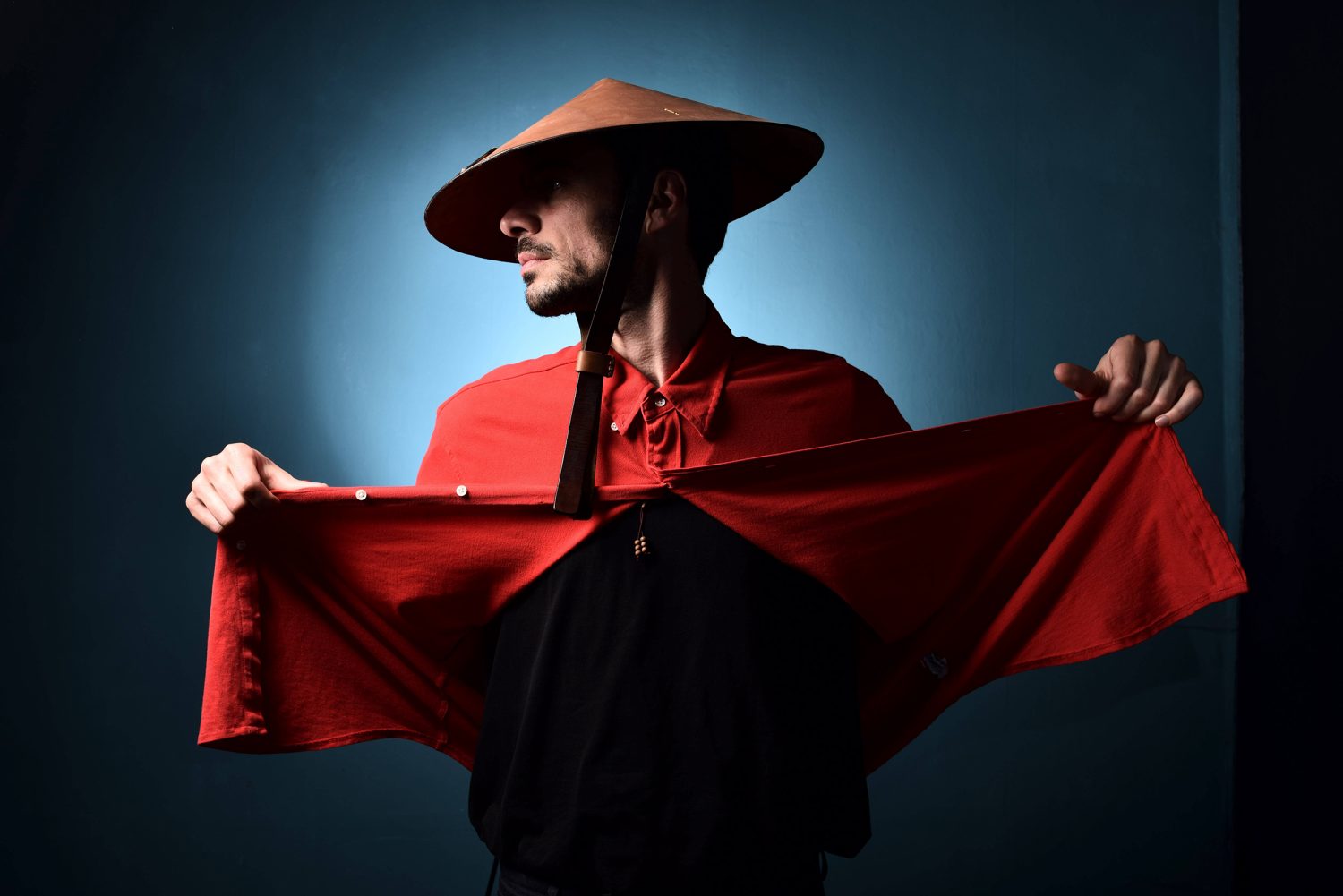Mood Boards: How To Improve Your Photography With A Tip From Hollywood
Creating a Hollywood movie is a huge undertaking. It encompasses multiple departments that each provide their expertise toward the final product. It’s not unusual for hundreds of people to be involved. That raises an interesting question.
How are the planned aesthetics of the movie relayed to everyone involved so that each department is on the same page creatively?
One tool that is used is called the ‘storyboard.’
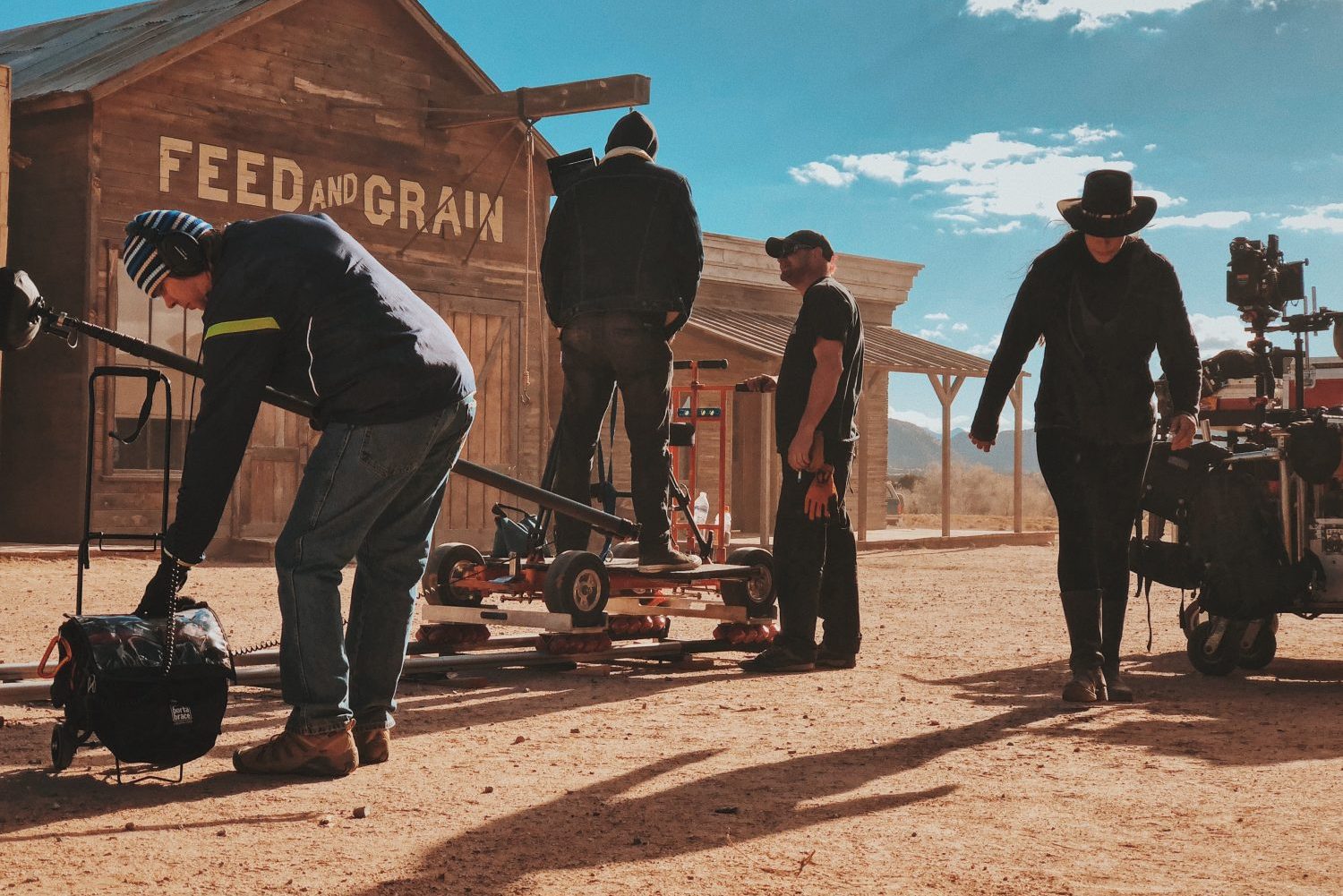 Image 001 – Photograph by Chris Murray
Image 001 – Photograph by Chris Murray
A movie storyboard is a series of pictures that include detailed descriptions. This movie production tool conveys to everyone what has to happen within a given scene of shooting. The camera crew understands what angles are needed for the camera. The lighting department comprehends the mood needed. Wardrobe acquires the proper clothing, etc.
Pro Tip: Photographers can use a similar tool as their movie counterparts. It’s called a ‘Mood Board.’ A mood board is a visual collage of inspirational photos and other related materials. It can be created by the photographer or a member of the photographer’s team. If a client is involved it’s a terrific idea to have them share in the mood board preparation as well.
The mood board is a visual reference that ensures everyone involved in the photoshoot is on the same page creatively.
With very little effort, you can make the mood board a pivotal element to your photographic success. This tool is often used for weddings, portraits, families, food, fashion, and even product photography.
Key Thought: When you, as the photographer, visualize a picture that is very creative and out of the ordinary (Image 002), you want to make sure your model and other team members fully understand your concept.
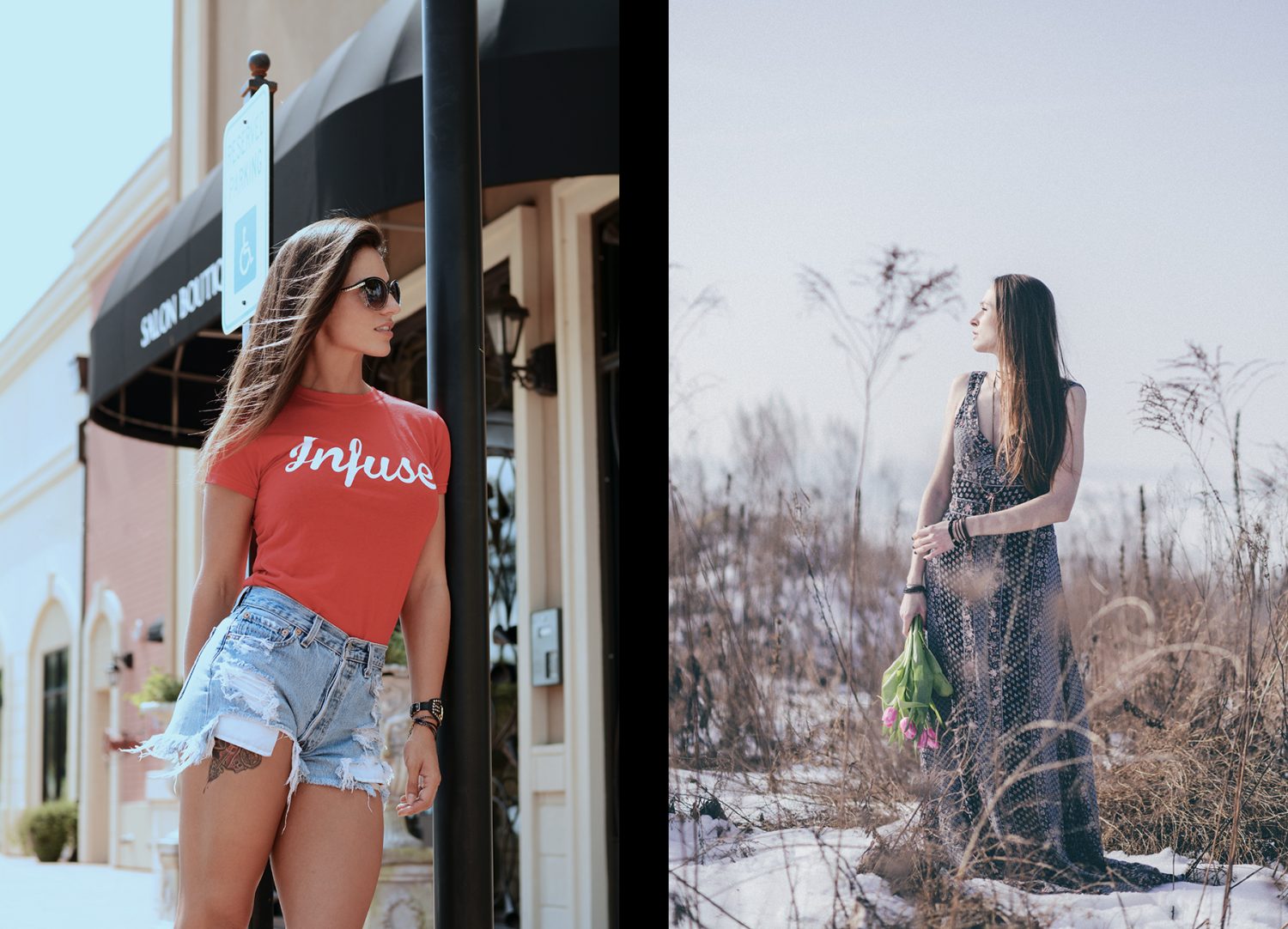
Image 003 – Photograph (l) by Calvin Lupiya and Photograph (r) by freestocks
If your subject is expecting a photo such as the one on the left of Image 003, and you provide them with something like the shot on the right, someone is not going to be happy.
Key Thought: You may be thinking, well they would speak up if I was setting them up in something they didn’t want. Years of experience have taught me that this simply isn’t the case. Subjects often don’t know what they want, or they are so nervous that they will not speak up even if they are thinking this isn’t what I want. The objection will often come out at the review of the proofs. A mood board is as much of a tool for your subject as it is for you – it helps them determine what they want.

Image 004 – Photograph (l) by Sidney Altschuler and Photograph (m) by Fineas Gavre and Photograph (r) by freestocks
You can use a mood board to discuss critical details such as the location, clothing, make-up, props, shoes, lighting, hair, camera angle, camera framing, subject poses, as well as areas of special concern such as weight, scars, or other concerns the subject may have.
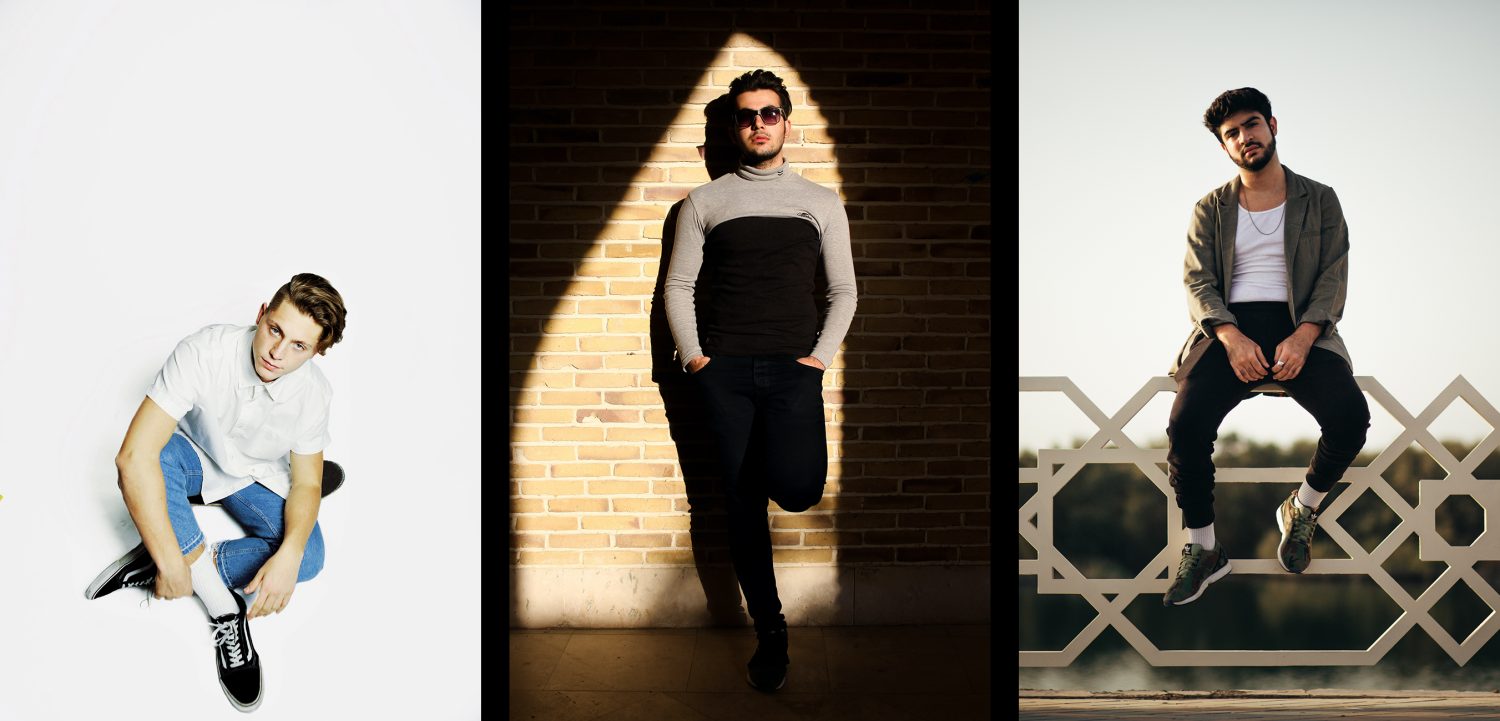
Image 005 – Photograph (l) by Ethan Haddox and Photograph (m) by Barzan Ahmadi and Photograph (r) by Ahmed Carter
Coordinating a photo shoot isn’t just about the ladies. Everyone has a sense of fashion these days. In our current society, which is teeming with photographic imagery, everyone has an opinion about their photograph – from the tiniest of children, to the oldest set of grandparents.
I once did an extended family portrait that included 24 people – from grandpa and grandma, down to six infants with every age in-between. I was super excited about the end result because everyone was smiling and looked good.
But grandpa, who was a man in his eighties, and paying for everything, didn’t like how his hair looked. He had something like ten strands of hair on his head. They were blowing in the breeze. No matter how much I explained to him that it could be easily retouched. He couldn’t see past it and they walked out without spending a dime.
If I had a mood board session with the family prior to the shoot day, I would have learned how sensitive he was to his balding head. It ended up being a lost effort for everyone involved.
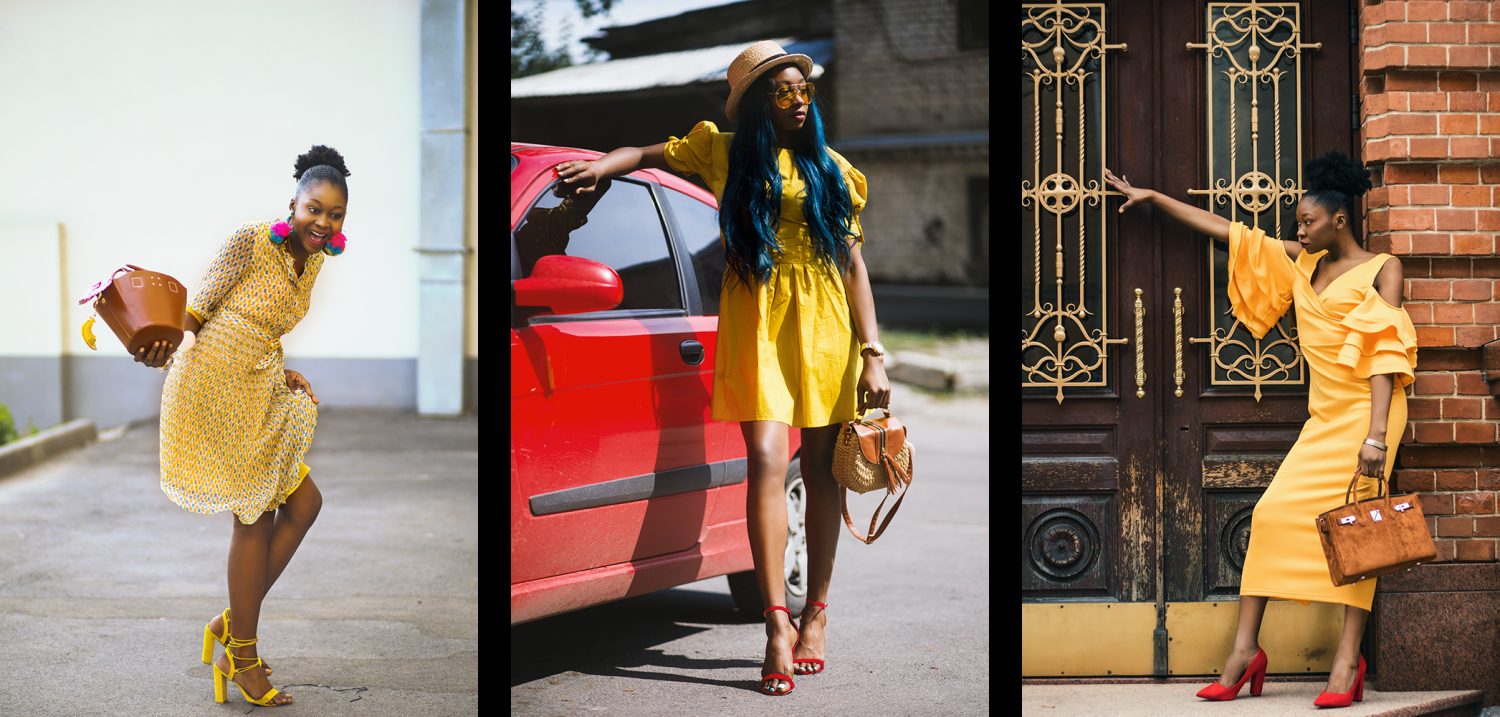 Image 006 – All Photographs by Godisable Jacob
Image 006 – All Photographs by Godisable Jacob
Pro Tip: Don’t let the idea creep into your head that creating and using a mood board will stunt your creativity. It will in fact open the floodgates to new and collaborative ideas!
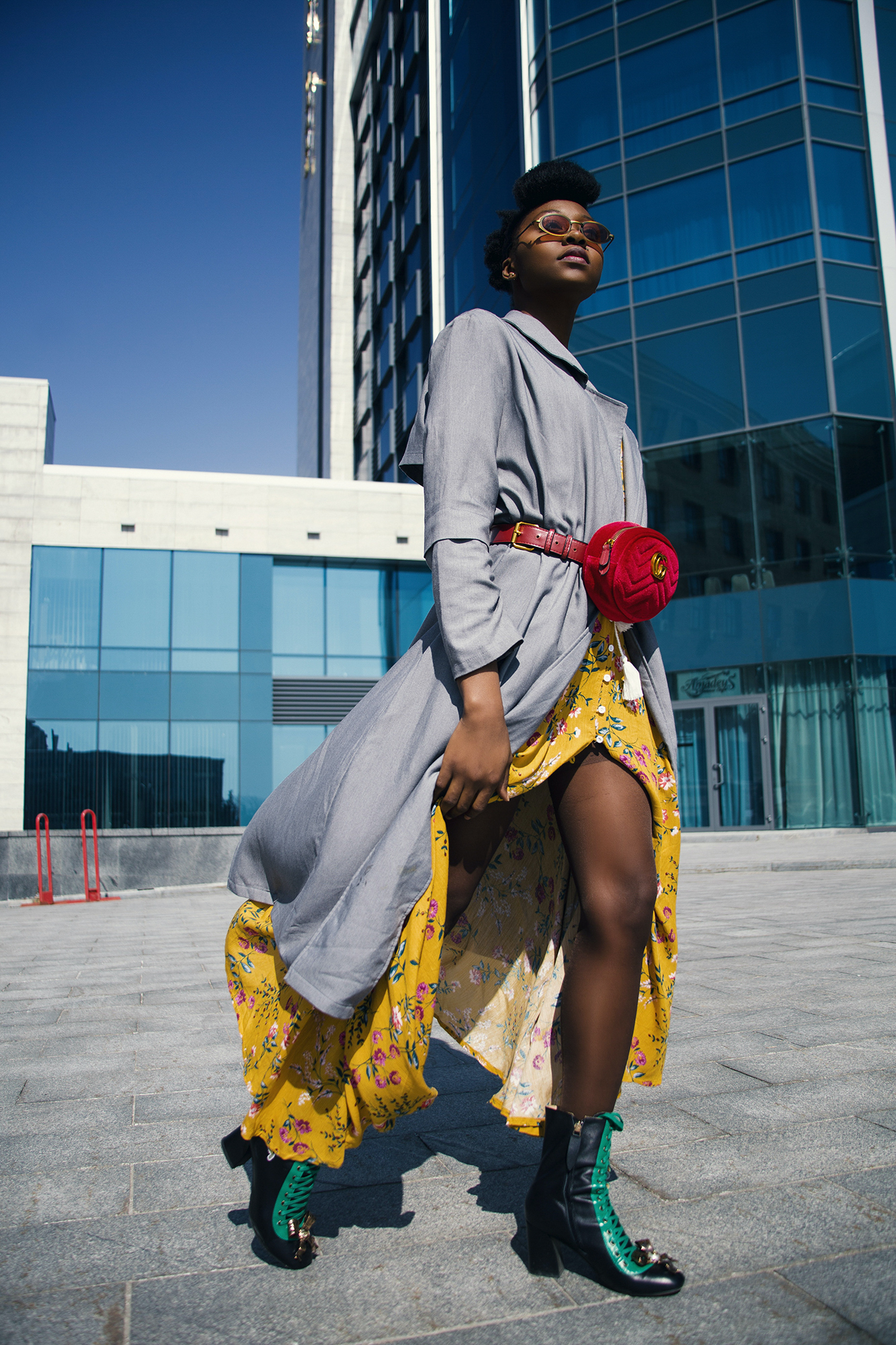 Image 007 – Photograph by Godisable Jacob
Image 007 – Photograph by Godisable Jacob
The use of a mood board often leads to the use of an unusual angle, setting, mood, or photo story that didn’t immediately come to mind.
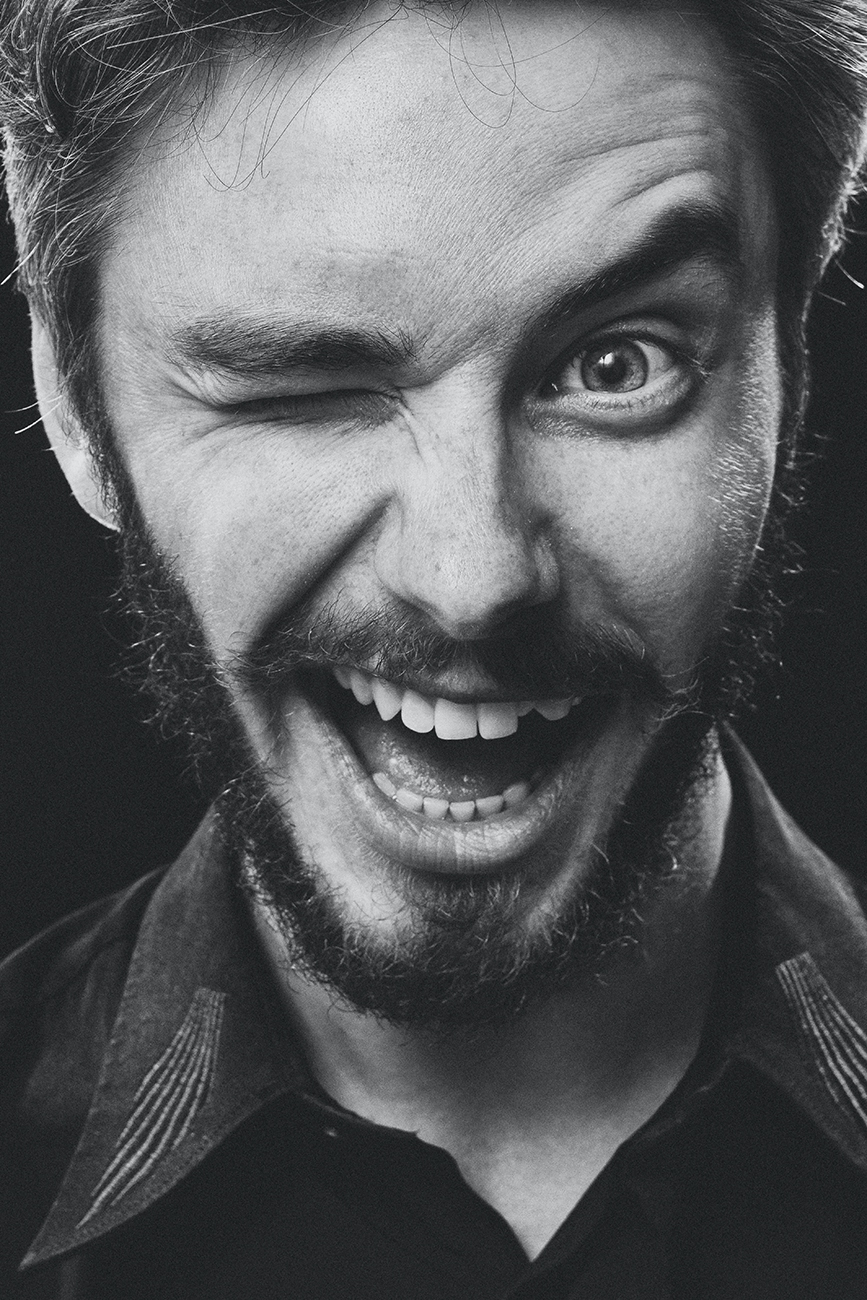
Image 008 – Photograph by Alexander Krivitskiy
It’s food for creativity!
Now, it’s up to you. Give it a try!
Further Reading:
If you’re looking for more food for your creativity and taking amazing photos, then check out the Effective Storytelling Guide. Storytelling remains a photographer’s single biggest skill. To learn how to make your work stand out from everyone else, read more about this informative guide here.

